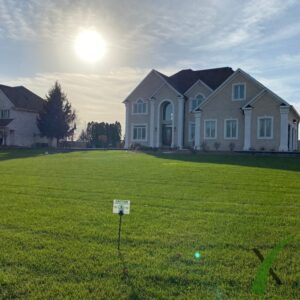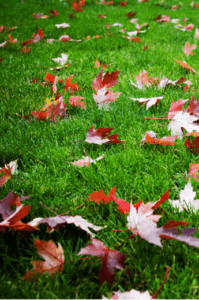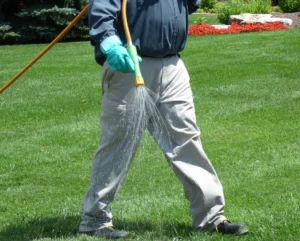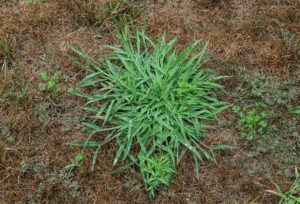Difference Between Lawn Winterizer vs Regular Fertilizer
We hate to say it, but winter is coming. Cold temperatures, snow, and ice are all the things that remind us that Mother Nature is in control especially when it comes to your plants. You may be thinking, “I can finally take a break from worrying about the lawn for a few months”, but before you do there is 1 final thing your lawn needs before winter fully sets in.
After growing all season long, your lawn will be taking a much-needed rest until it begins its growth cycle all over again in the spring. As the temperatures drop, your lawn will go into dormancy or hibernation stage. One of the biggest ways you can support your lawn during this time and ensure it survives winter is by applying a Winterizer fertilizer in the fall. You may wonder, “I’ve been feeding it fertilizer all year how is a winterizer any different?”

Let us break lawn winterizer and fertilizer down for you:
What is Lawn Fertilizer?
Lawn fertilizer is what you apply throughout the spring, summer, and early fall keeps your grass growing at the optimum rate. Applying fertilizer every 4-6 weeks ensures your lawn remains thick, weed-free, and has that green color you want. A healthy lawn not only looks good for your home but also positively affects the environment by cleaning the air, trapping carbon dioxide, and can even reduce noise pollution.
What is Lawn Winterizer?
The last application of fertilizer during the growing season is often referred to as a “Winterizer” because of how it supports and protects your lawn during harsh winter weather. Most winterizer treatments include two (2) key components; Nitrogen and Potassium.

How Does Lawn Winterizer Work?
A high rate of Nitrogen applied at this time of the season from winterizer provides the much-needed nutrient to help your grass stay greener, longer into the late fall and early winter and if applied correctly your grass will store a significant amount of the nitrogen in the root system. The grass plants retain the nitrogen that will help your lawn survive harsh winter conditions better, and it will green up faster and look better next spring as the grass starts to grow again. Potassium helps strengthen your grasses’ cell walls and ensures your plant is able to retain water, which can be lost during the wintertime.
Since the growth rate of your grass blades has significantly slowed, it’s important to remember that the root system will continue to grow. By applying a winterizer, the roots will store nutrients and slowly feed your grass ensuring it survives, avoids winter diseases like snow mold, and has a quicker “green up” in the spring.
Applying a late fall winterizer fertilizer to your lawn not only builds upon your regular fertilizer program but ensures all the work you’ve put into your lawn is not lost. ExperiGreen Lawn Care’s fertilization program is specifically designed to apply the right product at the right time so your lawn is healthy and stays that way. Call us today to schedule your winterizer to make sure your lawn survives winter and comes back stronger than ever next spring.


Join Our Free Lawn Care Newsletter
Stay Up to Date With The Latest News & Updates
* We don’t share your info with anyone ever.







